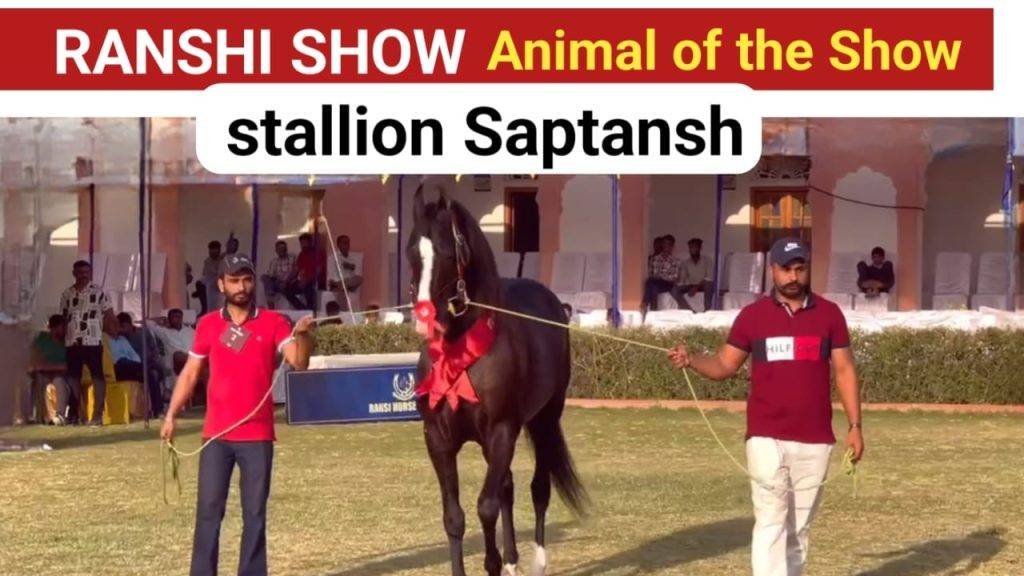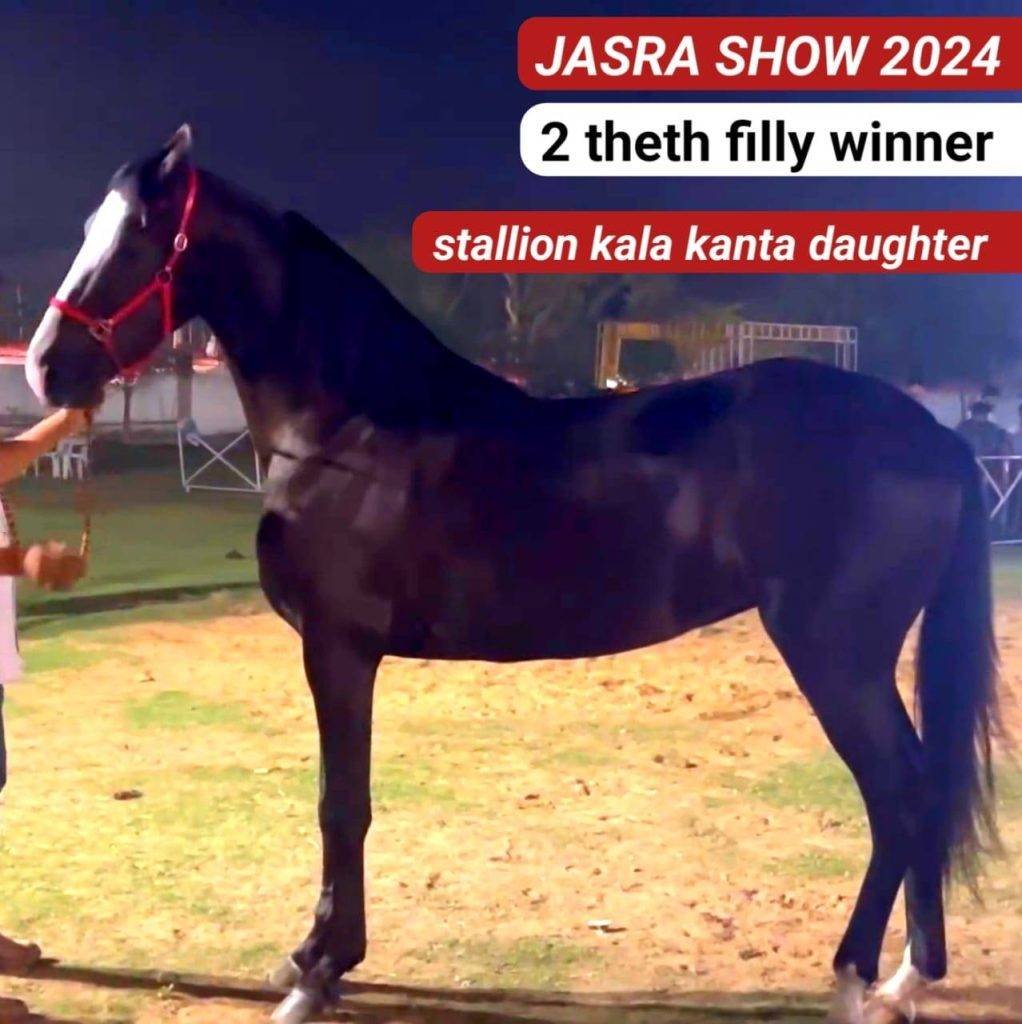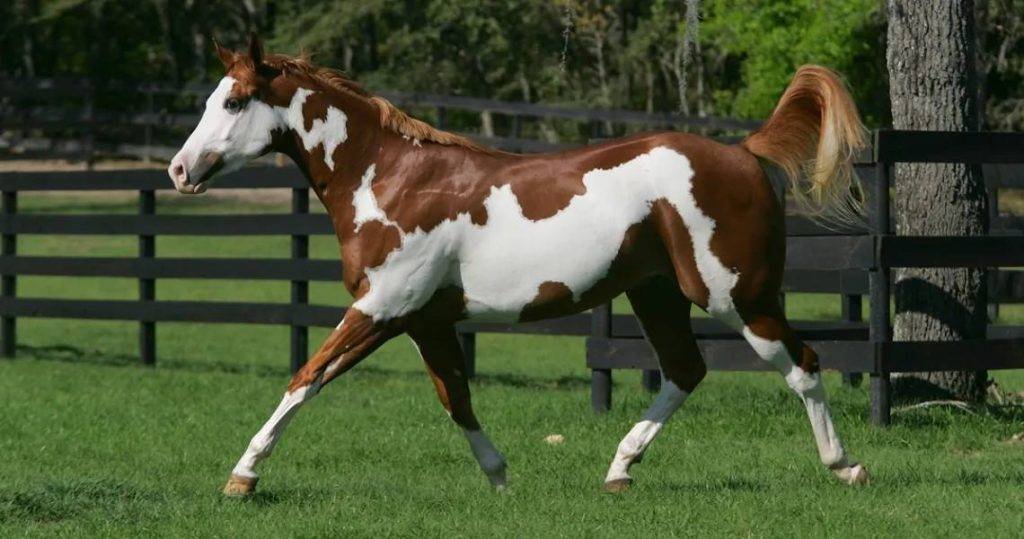A Long Time Between Foaling and Riding: Understanding the Timeline for a Horse’s Development
If you’ve ever wondered about the long journey between a foal’s birth and its first ride, you’re not alone. The process of raising a horse from birth to riding takes time, patience, and careful training. It’s not an overnight transformation; rather, it’s a gradual development that focuses on the foal’s physical, emotional, and mental growth. Here’s a breakdown of the timeline and factors involved in getting a foal from foaling to riding.
1. Birth and Early Days (0-1 Month)
The first few weeks of a foal’s life are essential for its survival and development. Foals are born with their eyes open and can stand, walk, and even run shortly after birth. This is crucial for their safety, as they need to be able to keep up with the herd and evade predators in the wild.
In the first month, the foal relies entirely on its mother’s milk for nourishment. During this time, the foal bonds with its mother and begins to learn the basics of social behavior. While physical development is rapid, mental and emotional maturity will take much longer.
2. Growing and Exploring (1-6 Months)
From one to six months, foals grow at an impressive rate, reaching about half their adult size by the time they’re six months old. During this period, foals start nibbling on grass and other solid foods, though they will continue to nurse from their mothers.
Foals also begin exploring their environment more, becoming curious about the world around them. This period is crucial for their social development, as they learn to interact with other horses and animals. While they’re not ready for training, they start to build muscle and coordination, which will be important later when they begin to carry weight.
3. Introduction to Basic Training (6-12 Months)
By the time a foal reaches six months, it is ready to begin learning basic groundwork. At this age, foals start to become more independent and can be taught simple behaviors, like leading, standing still for grooming, and becoming accustomed to being touched on different parts of their body. This is also when foals are introduced to the concept of a halter and lead rope.
The training during this phase is focused more on building trust and getting the foal accustomed to human interaction. While the foal is not yet physically ready for riding, it’s important to establish a good relationship with humans and set the foundation for future training.
4. Adolescence and Physical Maturity (1-2 Years)
From one to two years old, the foal continues to grow and develop. Physically, it is getting closer to its full size, although its bones and joints are still maturing. At this age, most horses are not yet strong enough to be ridden, as their bones and muscles are still developing.
During this stage, horses may begin to show some signs of independence and personality. Training may continue with groundwork, introducing them to things like lunging or light work with a saddle. However, riding is still off the table for most horses at this stage.
5. Preparation for Riding (2-3 Years)
At around two to three years old, a horse may be ready to begin its riding training. However, this depends on the individual horse, its physical development, and its temperament. Some horses are mentally and physically mature enough to begin light riding at two, while others may need more time.
During this stage, horses are introduced to the saddle, bridle, and rider’s weight. The training is gradual and gentle, as the horse’s body is still growing. Horses at this age may also begin to work on their balance, flexibility, and coordination to handle the rider’s weight without stress.
6. Full Development and Riding (3-4 Years)
Most horses are considered ready for consistent, full riding by the time they are three or four years old. At this point, they have reached a level of physical maturity where they can carry the weight of a rider without causing damage to their joints or bones. Mental maturity also plays a significant role—horses that have been trained correctly and are comfortable with human interaction will be better equipped for riding.
Training during this period focuses on refining the horse’s skills under saddle. The horse learns to respond to commands, develop balance, and work with a rider’s cues. This is also when the horse begins its specialized training for a particular discipline, whether it’s dressage, jumping, western riding, or trail work.
7. Ongoing Training and Conditioning (4+ Years)
While horses are typically physically ready to be ridden by the time they are three to four years old, this doesn’t mean their training is complete. In fact, training continues throughout their lives. Horses between four and five years old are still considered to be “green” or “young,” and they often need continued training and conditioning to build strength, stamina, and skills.
Riding becomes more intense as the horse matures, but it’s important to remember that their bodies are still developing, and overworking them too soon can cause injury. Regular rest, proper conditioning, and an experienced rider or trainer are crucial to keeping the horse healthy and progressing in its training.




